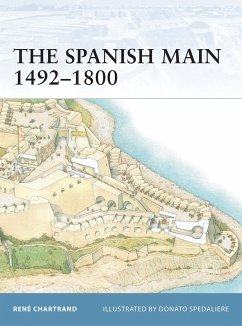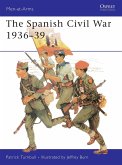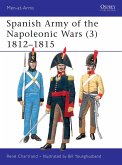Following Columbus's arrival in the Bahamas in 1492, the lands of the 'new world' were divided between Spain and Portugal. The riches gained by the Spaniards soon aroused the interest of the French and the English, eager to exploit the area they called the 'Spanish Main' (an area broadly encompassing the West Indies and the Central American and Mexican coast). In response, the Spanish fortified their new territories. The earliest examples were very much based on medieval styles of fortification, but over the following three centuries the fortifications were updated, modernized and improved according the latest European principles. This book describes the evolution of the fortifications and their fate.








